It is almost impossible to prevent children from ever being injured due to their constant activity. Fortunately, most childhood falls or blows to the head result in injury to the scalp only.
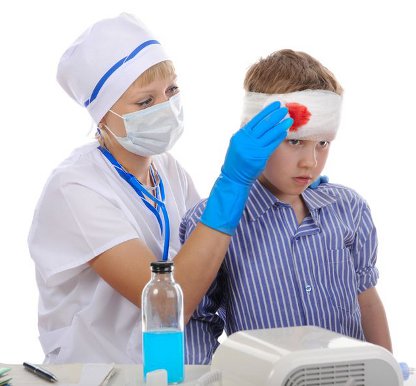
Head injuries fall into two categories:
- External – usually consist of scalp injuries
- Internal – usually involves the skull, the blood vessels within the skull, or the brain.
What is a scalp injury?
The scalp is lined with blood vessels so it can easily bleed even with a minor cut. The “goose egg” that you see on your child’s head, that may appear after a head injury, is due to the leakage of blood or fluid into and under the scalp from the blood vessels. This may take days or even weeks to disappear. But not to worry, it is usually more frightening than threatening.
What is an internal injury?
An internal injury may involve a fracture of the skull, torn blood vessels or damage to the brain itself, which is potentially serious and life-threatening.
What should I do if my child falls?
Seek medical attention if your child is an infant, has a cut on his head and might need stitches, or shows any of the following symptoms:
- Loss of consciousness
- Vomiting more than twice
- Neck pain or stiffness
- Weakness
- Speech or vision disturbance
- Abnormal breathing
- Bleeding or clear fluid discharge from nose or ear
- Fits
- Unequal pupil size
How can I take care of my child at home?
If your child is not an infant, has not lost consciousness, is alert and behaving normally after the fall, apply ice or cold pack on the affected area for as long as the child allows, up to 15 minutes. Remember to use a washcloth or sock to wrap the ice so as to prevent frostbite from direct contact to bare skin.
If there is a scrape, wash it off with soap and water. Apply pressure with clean cloth to stop any bleeding if there is a cut, and then see the doctor as it might need stitches.
Only give clear fluids until your child has gone 2 hours without vomiting. Vomiting is common after head injuries but requires further evaluation if vomiting occurs more than twice. Observe your child for the next 24 hours for any signs of internal injuries. Seek medical attention immediately if any of the nine symptoms mentioned above is present.
Should I let my child sleep after he falls?
There is no need to keep a child awake after a head injury if you sense there is no abnormality. However, you need to check in every few hours to look for twitching of limbs or disturbance in breathing or colour. If you are not comfortable with your child’s appearance, arouse your child until he is completely awake and talking normally. If you cannot wake your child up, call the ambulance immediately.
My child is very active so, how do I prevent head injuries from happening?
Ensure that your home is childproofed to prevent household accidents and that your child wears appropriate headgears while biking, in-line skating, skateboarding and playing contact sports. Wearing a bike helmet reduces the risk of concussion by about 85%.
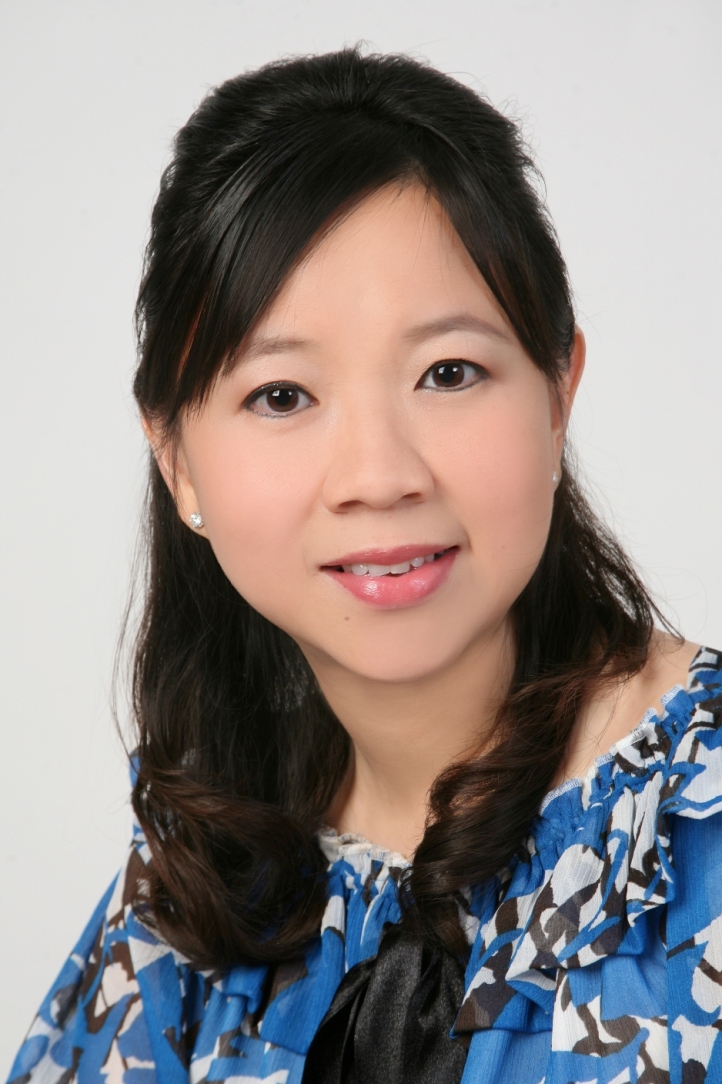 Dr Ratna Sridjaja
Dr Ratna Sridjaja
Paediatrician
Bsc (USA), MD (USA), FAAP (USA)
Dr Ratna graduated magna cum laude from the University of Southern California, U.S.A. She continued to pursue her medical degree at the University of Pennsylvania School of Medicine, U.S.A., in 1995 and completed her paediatrics specialty training at Thomas Jefferson University Hospital in 1999. She came to Singapore in 2008, and worked at the National University Hospital Children’s Emergency Department. Dr Ratna is multi-lingual; she is able to communicate in English, Mandarin, Malay, Hokkien and Indonesian language.
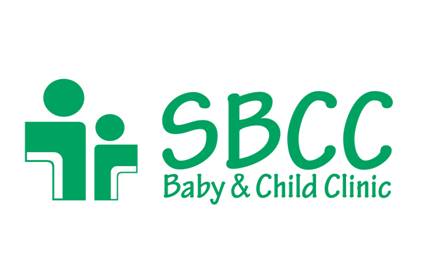
Practice Address:
SBCC Baby & Child Clinic (Gleneagles)
6 Napier Road
#07-01/03 Gleneagles Medical Centre
Singapore 258499
* * * * *
Like what you see here? Get parenting tips and stories straight to your inbox! Join our mailing list here.
Want to be heard 👂 and seen 👀 by over 100,000 parents in Singapore? We can help! Leave your contact here and we’ll be in touch.













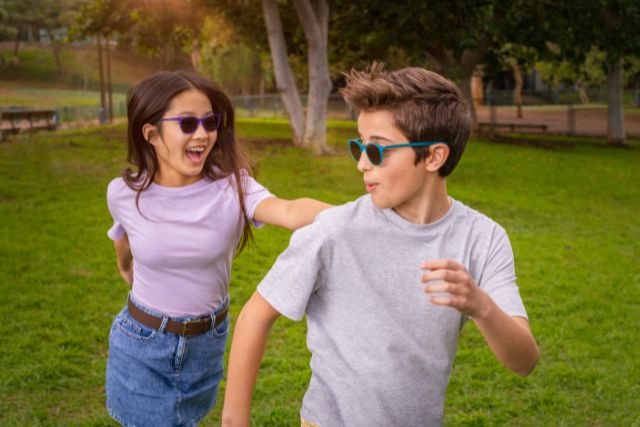












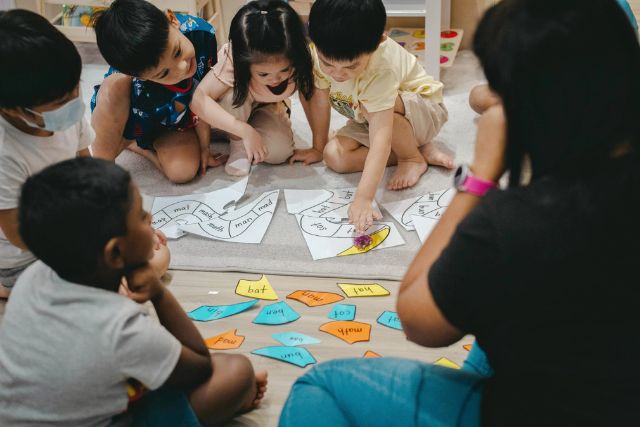











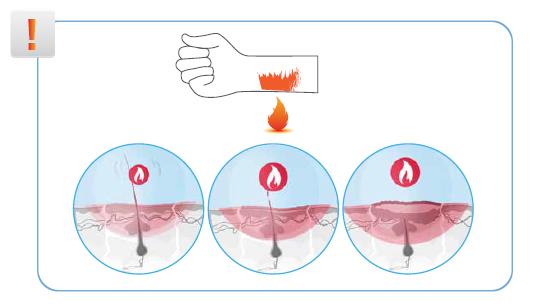
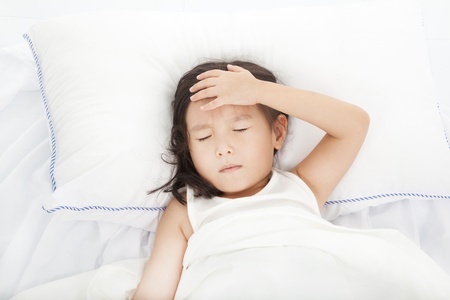
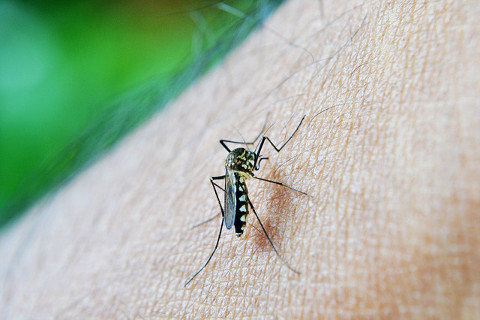
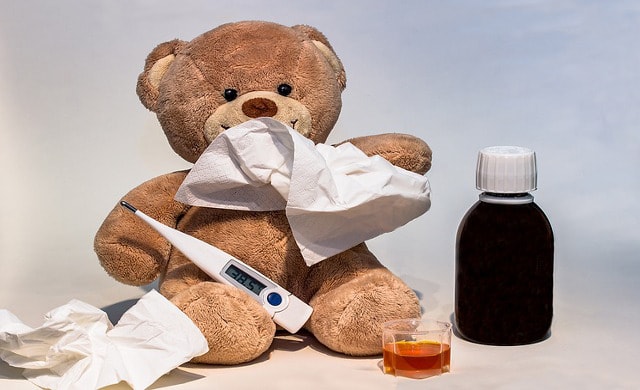
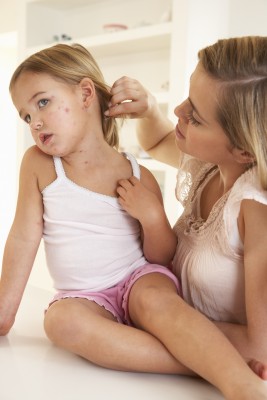
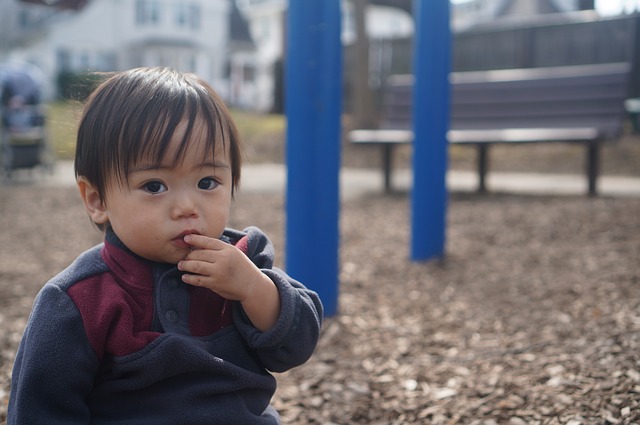
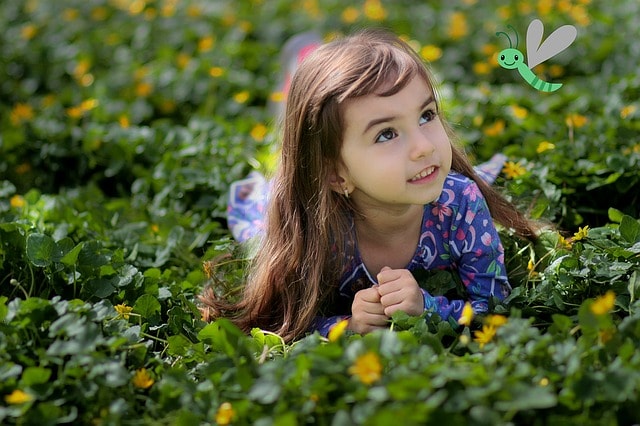
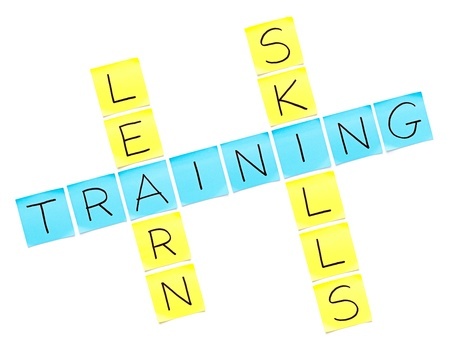
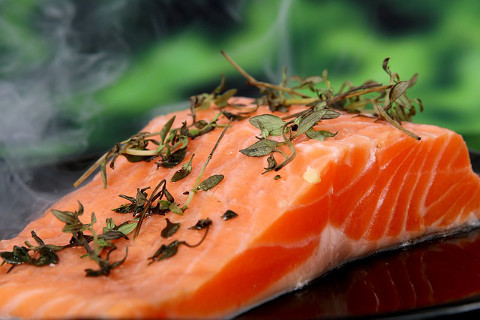
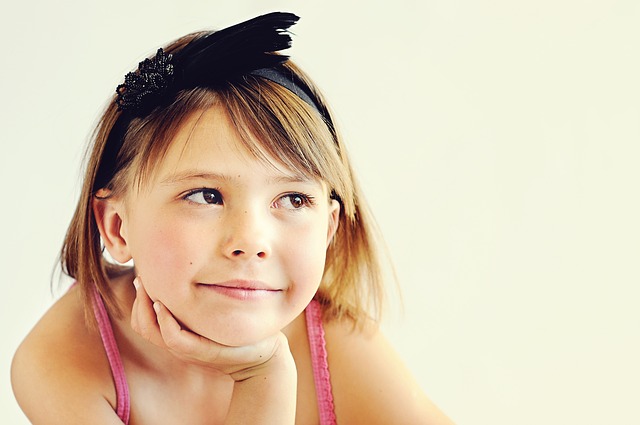
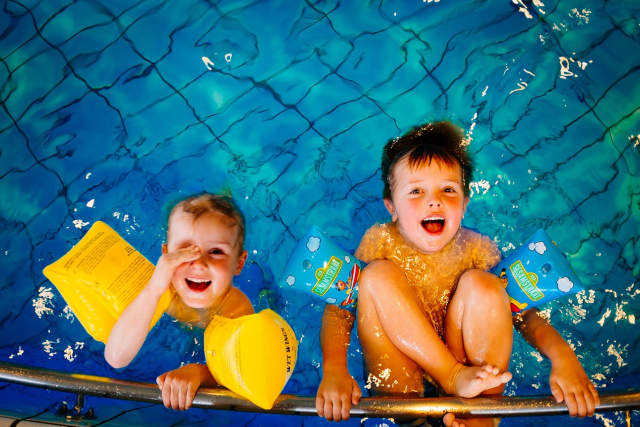
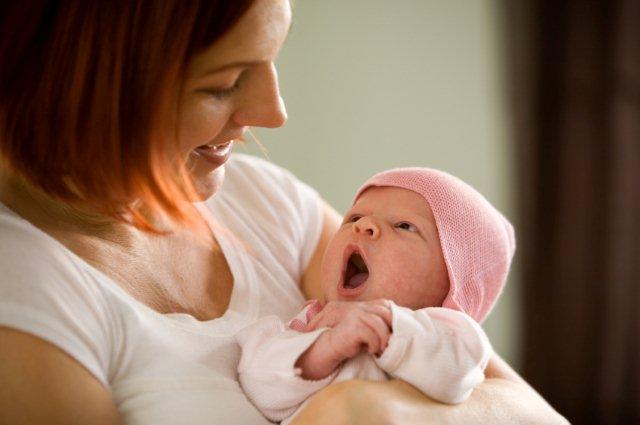









Leave a Comment: